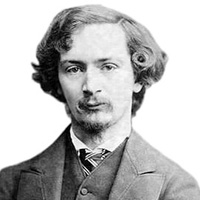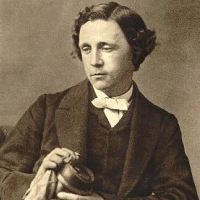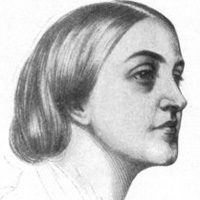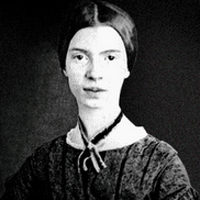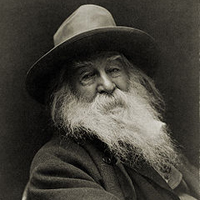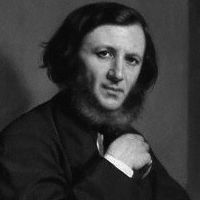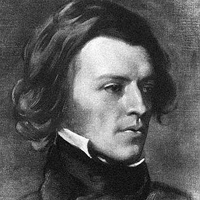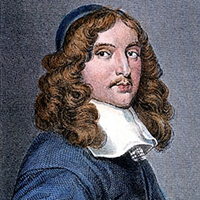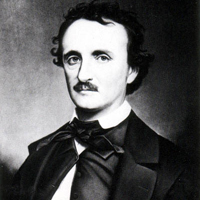The Garden of Proserpine by Algernon Charles Swinburne: Summary and Analysis
The Garden of Proserpine is composed by Algernon Charles Swinburne in 1866 published in his collection Poems and Ballads. This poem addresses the myth of Greek Pagan Goddess Proserpine, who is the daughter of Demeter also known as Ceres; Goddess of agriculture and crops and Jupiter who is the God of sky and thunder.
